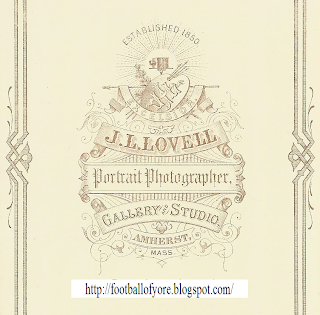George Halas, co-founder of the National Football League,
eight-time NFL Champion and owner and coach of the Chicago Bears, relentlessly
pursued Sid Luckman to play football for him in the late 1930s.
Luckman’s achievements at quarterback are numerous; he completed
twelve seasons with the Chicago Bears, earned four NFL Championships, was voted
to five-time All Pro, became the NFL MVP 1943, threw for 14,686 yards career
passing and became a HOF inductee in 1965.
Luckman’s abilities are perhaps best assessed by Bob Zuppke,
the most well-known coach Illinois has ever seen, who said of Luckman, “He was
the smartest football player I ever saw, and that goes for college and pro.”
Halas had seen and followed Luckman’s play for Columbia and set
his sights squarely on him. Luckman, however, was quite insistent during much
of the back and forth with Halas that he had no interest in playing
professional football. This pursuit of Luckman took place in person, in
writing, by telegram and through intermediaries such as Lou Little, Luckman’s
coach at Columbia.
The pictured telegram from Luckman to Halas was part of this
great story.
Addressed to George S. Halas, President Chicago bears
Football Team, 37 South Wabash Ave CHGO, and dated Jun 14, 1939. It reads:
“Sorry but will require a little more time before
final decision. Other plans not related to football still make it impracticable
to say yes to you terms at this time. Many Thanks, Sid Luckman.”
At this time, Luckman was still contemplating working in a family
business and had reservations about his Ivy League background preparing him for
what he knew to be a rough pro game.
As Luckman related the story, Halas (what would have been soon
after receipt of this telegram) visited Sid and wife Estelle at their apartment
in New York for dinner. After the meal Halas presented a contract to Luckman that
he then signed, as he considered the terms “fair and equitable”. Halas made a toast after
the signing, stating to Luckman that “You and Jesus Christ are the only two
people I would ever pay that much money to.”

























